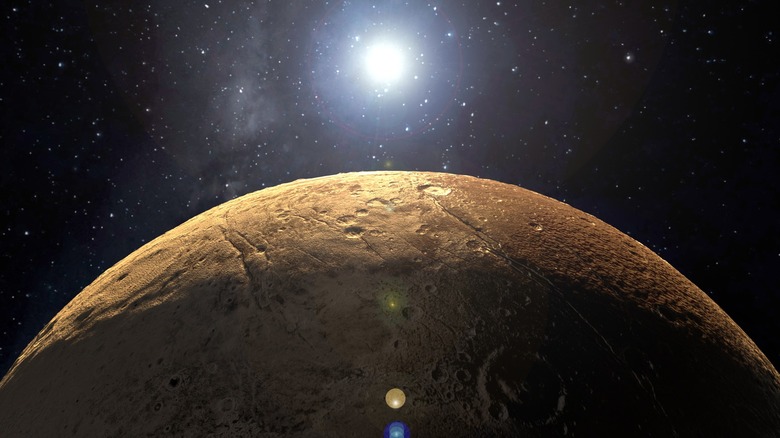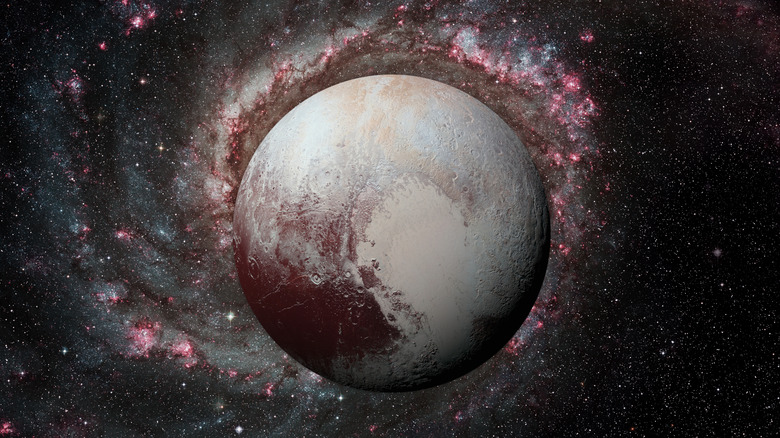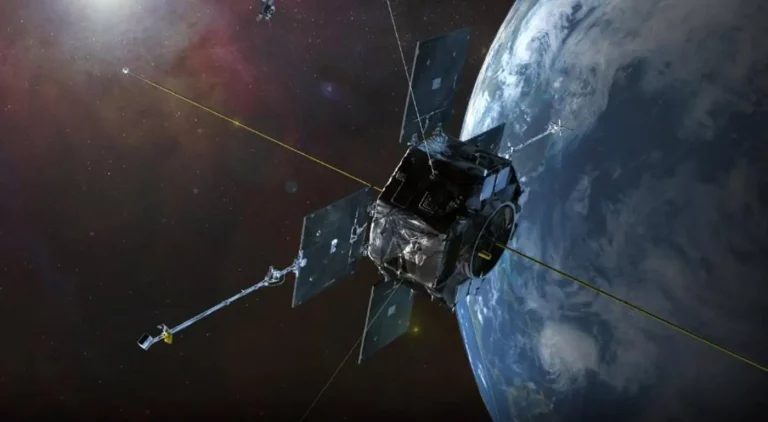
In 1930, scientists identified a small celestial body at the outer edge of our solar system, naming it Pluto and classifying it as a planet. However, the International Astronomical Union (IAU), responsible for the classification of space objects, retracted this classification in a 2006 vote, thereby reclassifying Pluto as a dwarf planet. Despite the widespread dissatisfaction with this reclassification, the IAU’s decision was based on solid scientific reasoning.
The reclassification of Pluto arose from the IAU’s definition of a “planet” as a body that orbits a star, possesses sufficient gravitational force to form a spherical shape, and clears its orbit of debris and other objects. This definition is applicable to the four rocky planets of the inner solar system—Mercury, Venus, Earth, and Mars—as well as the four gas giants in the outer solar system—Jupiter, Saturn, Uranus, and Neptune. Although Pluto has achieved a spherical shape, its gravitational force does not suffice to clear a path through the Kuiper Belt.
Apart from this classification, there are additional significant differences between Pluto and gas giant planets. For instance, Pluto lacks the large storms present on Jupiter, particularly the Great Red Spot—a massive storm with winds reaching 268 mph that has persisted for at least 150 years. While Neptune is the slowest-moving planet along its orbital path, taking about 165 years to complete one orbit around the sun, Pluto’s orbital period is even longer at 248 years.
What it means for Pluto to be a dwarf planet and other facts

A key characteristic of a dwarf planet is its insufficient gravitational force to attract or repel neighboring celestial debris and objects. Consequently, Pluto, like other dwarf planets in our solar system such as Ceres, Haumea, Makemake, and Eris (listed from smallest to largest), cannot grow larger. These dwarf planets, except for Ceres, are categorized as plutoids, a term introduced by the IAU for dwarf planets situated beyond Neptune. Ceres is excluded from this category as it resides in the asteroid belt between Mars and Jupiter.
Despite its reclassification as a dwarf planet, Pluto continues to captivate researchers and space enthusiasts globally. Several factors contribute to this fascination, including its elliptical orbit with a 17-degree tilt, its frozen surface, and its five moons—more than any other dwarf planet. The largest moon, Charon, is notable for being the first location where water was discovered beyond Earth. Interestingly, Pluto and Charon orbit each other.






